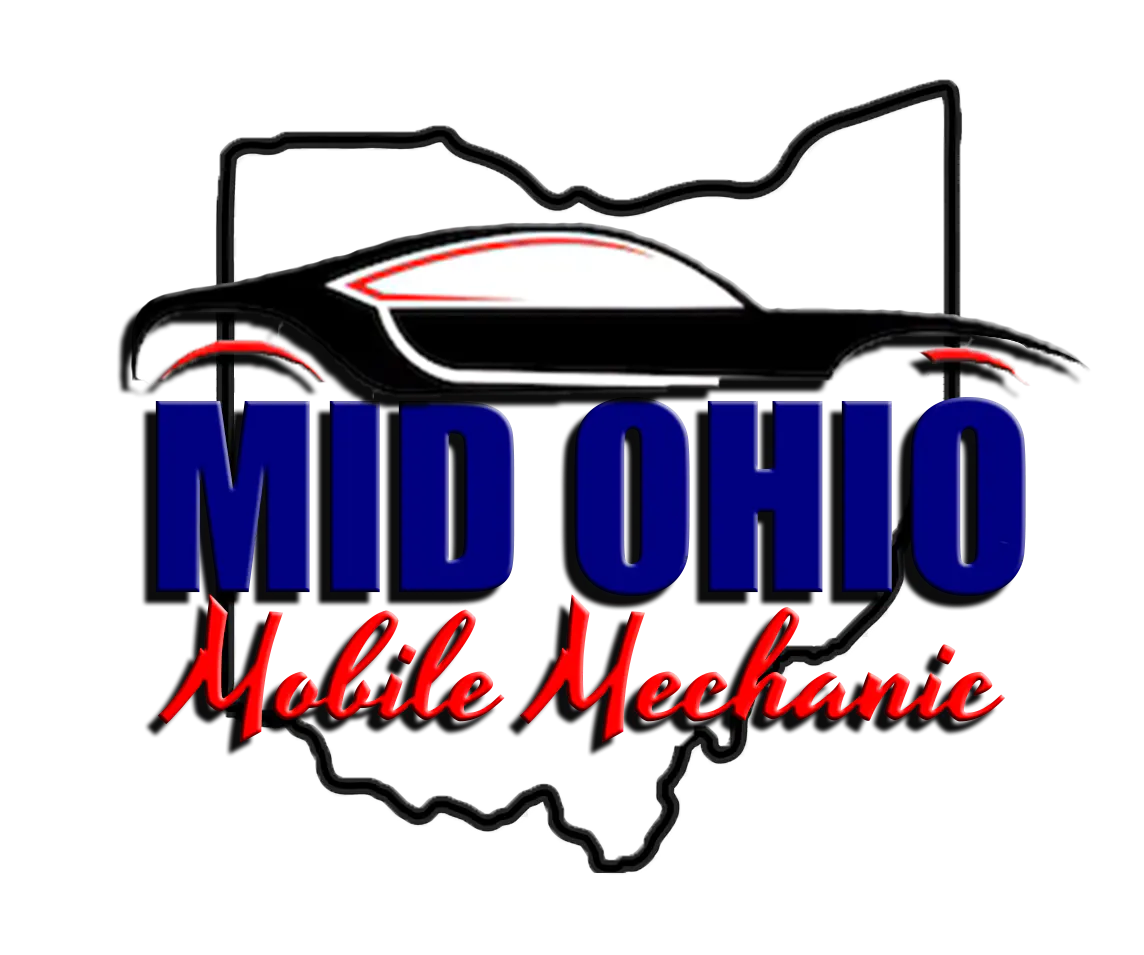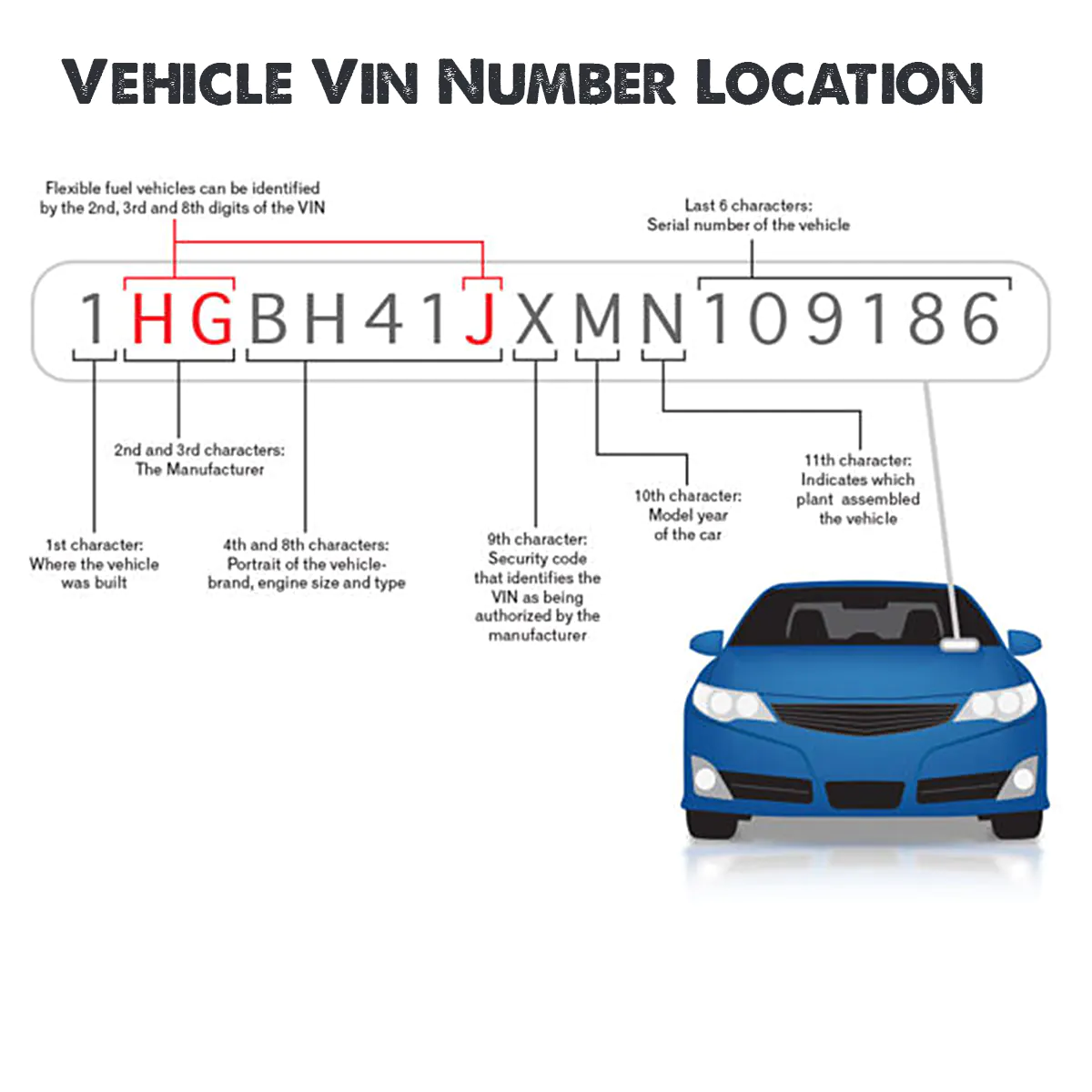Every vehicle has a unique identity, and at the heart of that identity is something called a VIN. If you’ve ever bought a car, registered one, or looked up its history, you’ve probably come across this long string of letters and numbers stamped into the dashboard or door frame.
But what exactly is a VIN, and how do you decode it to understand what it says about your car? Let’s break it down.
What is a VIN?
VIN stands for Vehicle Identification Number. Think of it as a vehicle’s fingerprint—no two are exactly the same.
- Every car, truck, or motorcycle built after 1981 has a 17-character VIN.
- The VIN is standardized worldwide, so it provides the same type of information no matter the make or model.
- It contains details about the vehicle’s manufacturer, model, year, engine type, and even where it was built.
You can usually find the VIN in several places, including:
- The dashboard (driver’s side, visible through the windshield).
- Inside the driver’s door jamb.
- On the engine block.
- On official documents like the title, registration, or insurance card.
Why is the VIN Important?
Your VIN is more than just an ID tag. It plays a crucial role in:
- Vehicle History Reports: Services like Carfax or AutoCheck use the VIN to track accidents, ownership changes, and service records.
- Parts Identification: Mechanics and parts stores use the VIN to ensure they’re ordering the correct components for your exact vehicle.
- Theft Recovery: Law enforcement uses VINs to track stolen vehicles.
- Recalls and Service Bulletins: Manufacturers issue recalls based on specific VIN ranges.
In short, the VIN protects buyers, owners, and even manufacturers by keeping a vehicle’s identity and history consistent.
How to Decode a VIN
A VIN may look like a random mix of characters, but every section has meaning. Here’s a breakdown of the 17-character VIN format:
- Characters 1–3: World Manufacturer Identifier (WMI)
- Identifies the vehicle’s manufacturer and country of origin.
- Example: “1HG” = Honda USA, “WVW” = Volkswagen Germany.
- Characters 4–8: Vehicle Descriptor Section (VDS)
- Describes the vehicle’s model, body style, engine type, and transmission.
- Example: A “P” in a certain position might mean it has a V8 engine, while another letter could signify a hatchback body style.
- Character 9: Check Digit
- A security code used to detect invalid VINs.
- It’s calculated using a specific formula, preventing fake or mistyped VINs.
- Character 10: Model Year
- Shows the year the vehicle was manufactured.
- Example: “A” = 1980, “Y” = 2000, “A” again = 2010, “N” = 2022, and so on (letters and numbers repeat in cycles).
- Character 11: Plant Code
- Indicates the specific factory where the car was assembled.
- Characters 12–17: Production Sequence Number
- The unique serial number for the vehicle.
- No two cars made by the same manufacturer in the same year will share this sequence.
Example VIN Breakdown
Let’s take this sample VIN: 1HGCM82633A123456
- 1HG → Honda, built in the USA.
- CM826 → Accord sedan, 2.4L 4-cylinder engine.
- 3 → Check digit (confirms VIN is valid).
- 3 → Model year 2003.
- A → Built at the Marysville, Ohio plant.
- 123456 → The car’s unique serial number.
This VIN tells us exactly what the car is, when and where it was built, and confirms its authenticity.
Tips for Using Your VIN
- Always double-check the VIN on the car itself matches what’s listed on the title or registration. If they don’t match, it could signal a red flag.
- Use the VIN when ordering replacement parts, especially for engines, transmissions, or electronic components.
- Run a vehicle history report before buying a used car to avoid hidden accident damage or odometer fraud.
- Register your VIN with the manufacturer to receive notifications of recalls or service updates.
Final Thoughts
Your vehicle’s VIN is much more than just a string of numbers—it’s the key to unlocking its identity, history, and specifications. By learning how to decode it, you can protect yourself as a buyer, make smarter repair decisions, and better understand the machine you drive every day.
So next time you see that little plate on your dashboard, remember: those 17 characters tell the story of your vehicle from the day it rolled off the assembly line.

